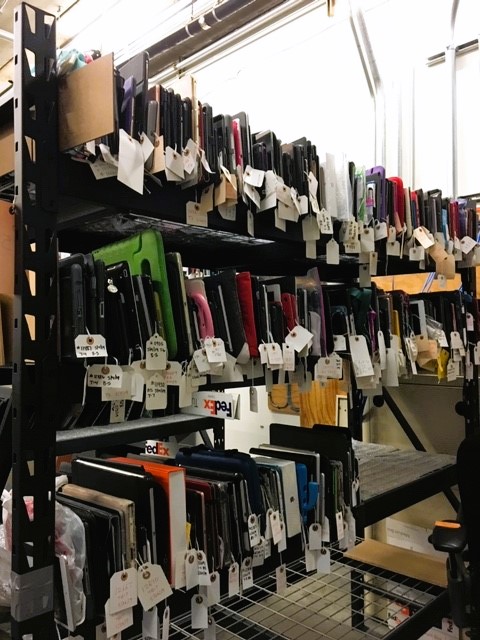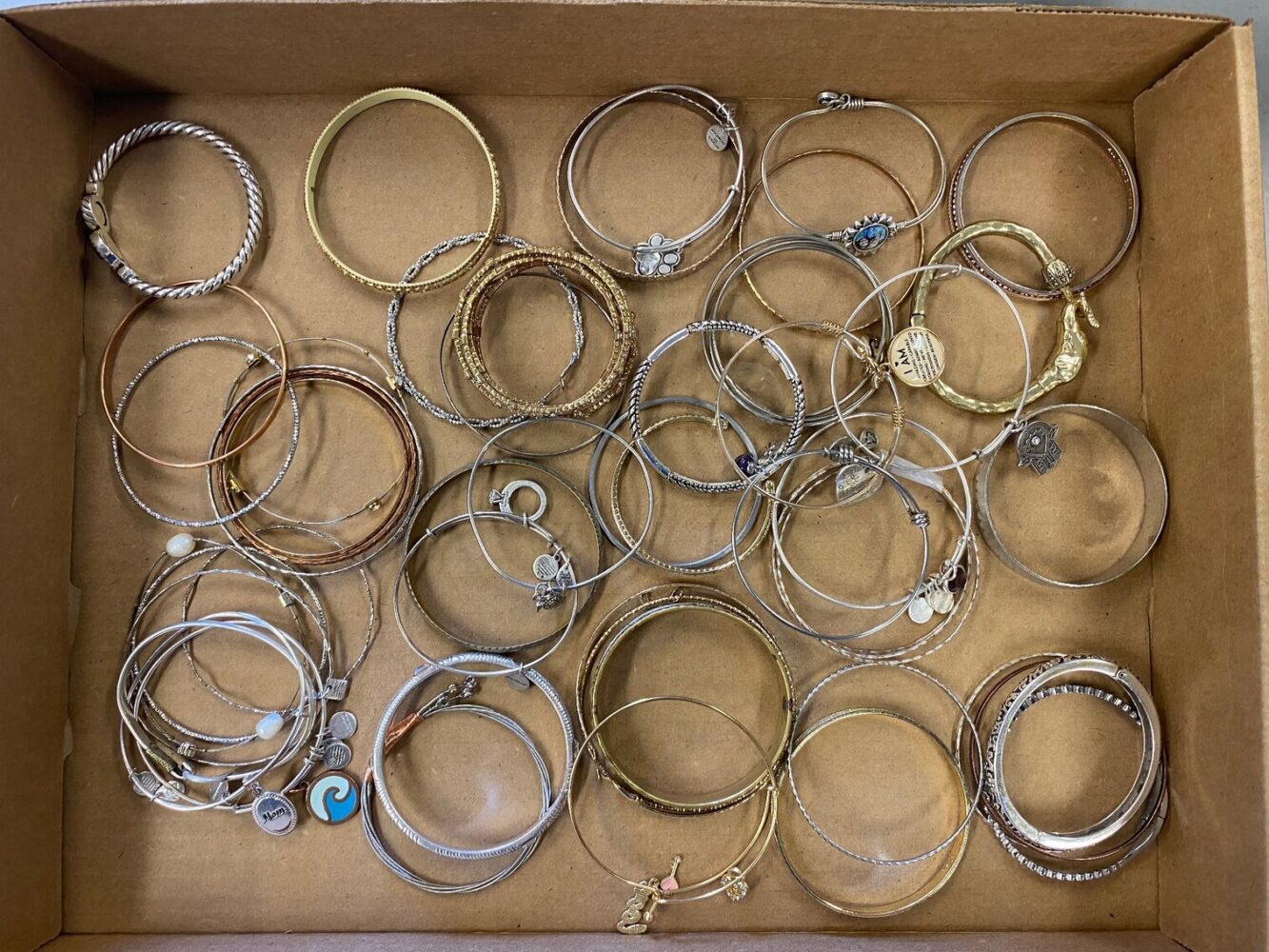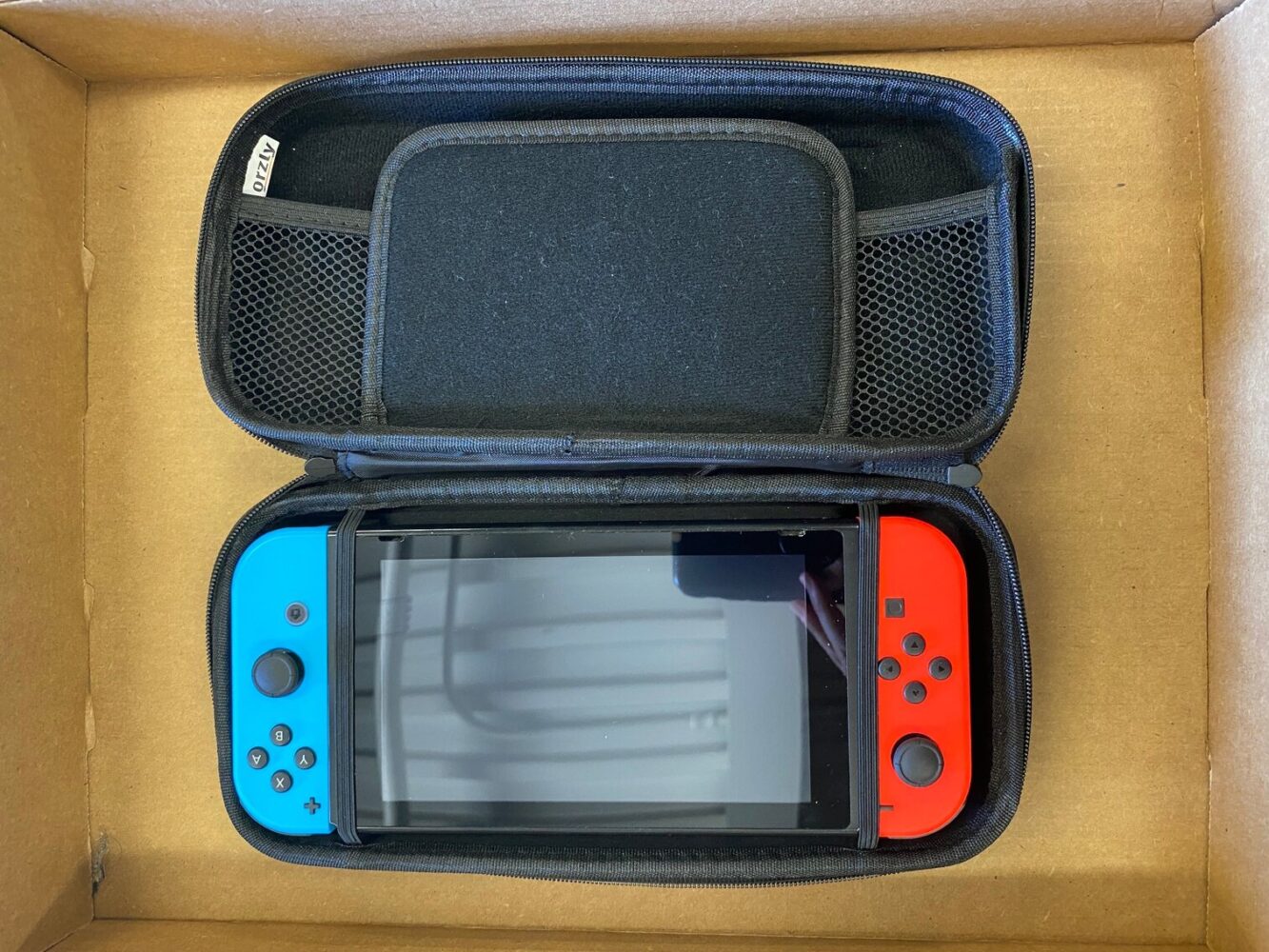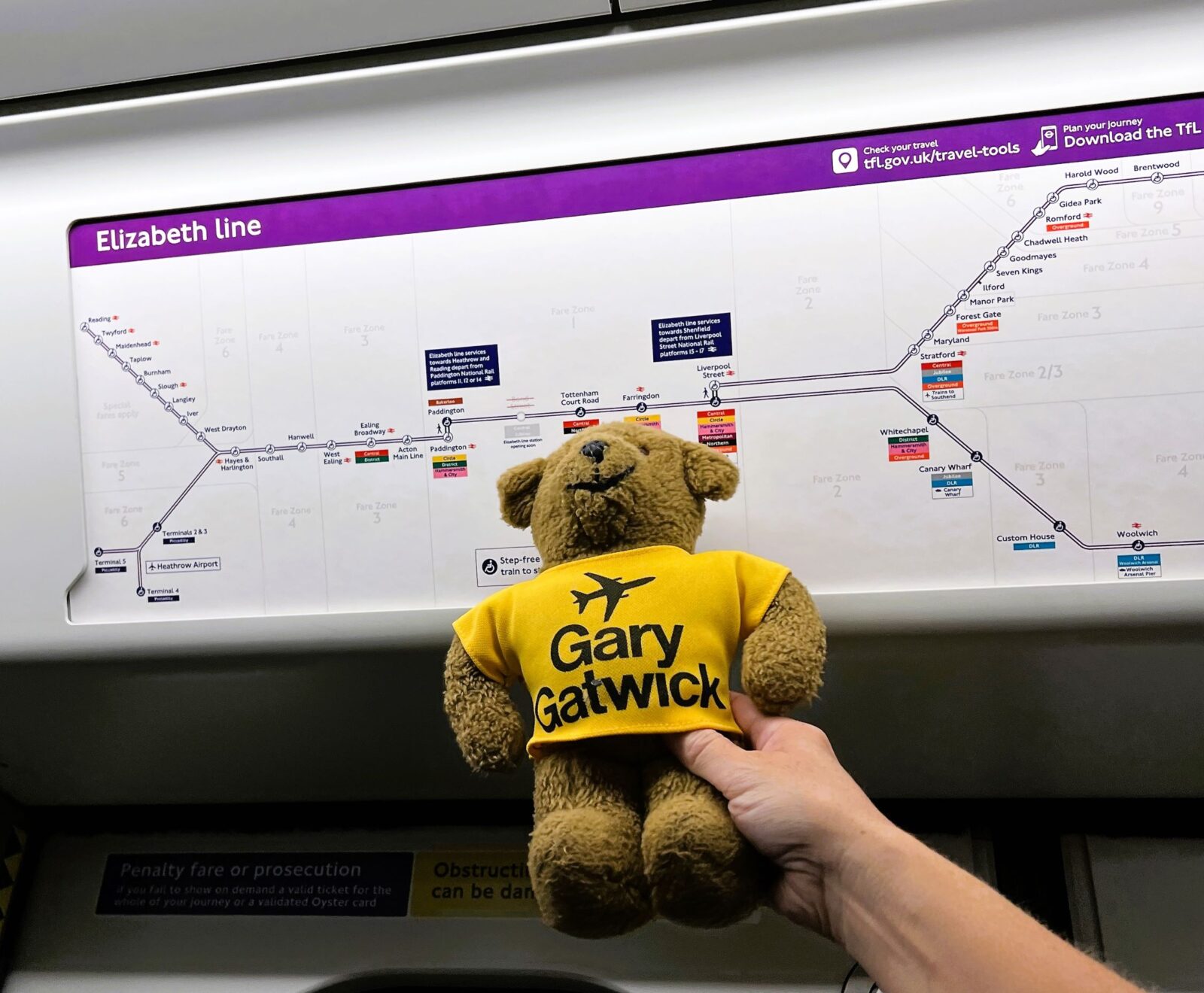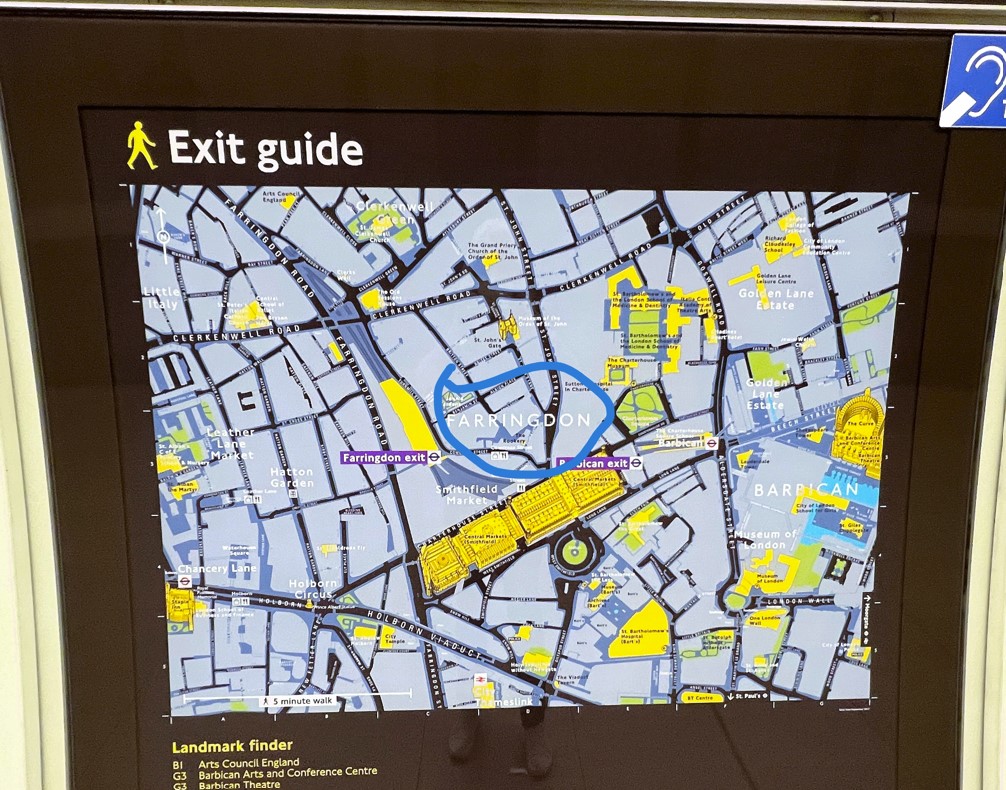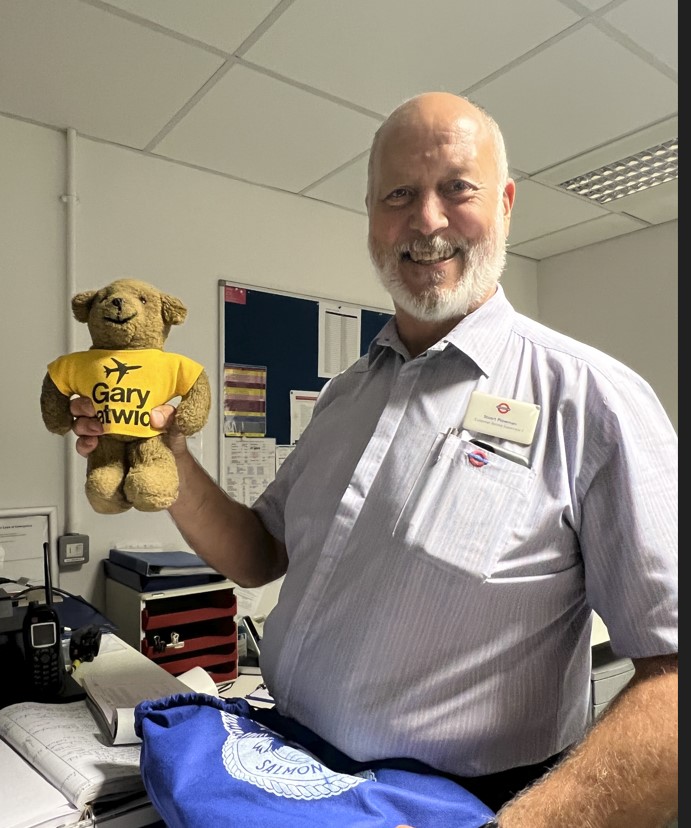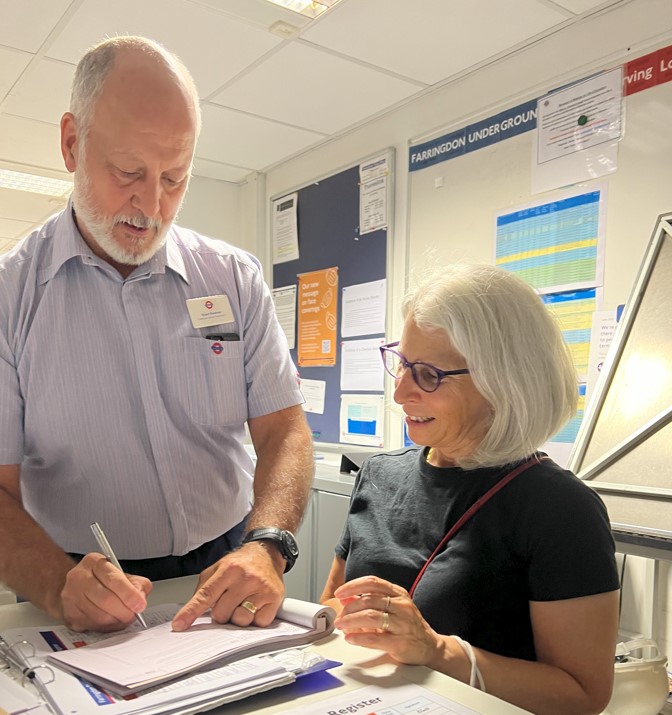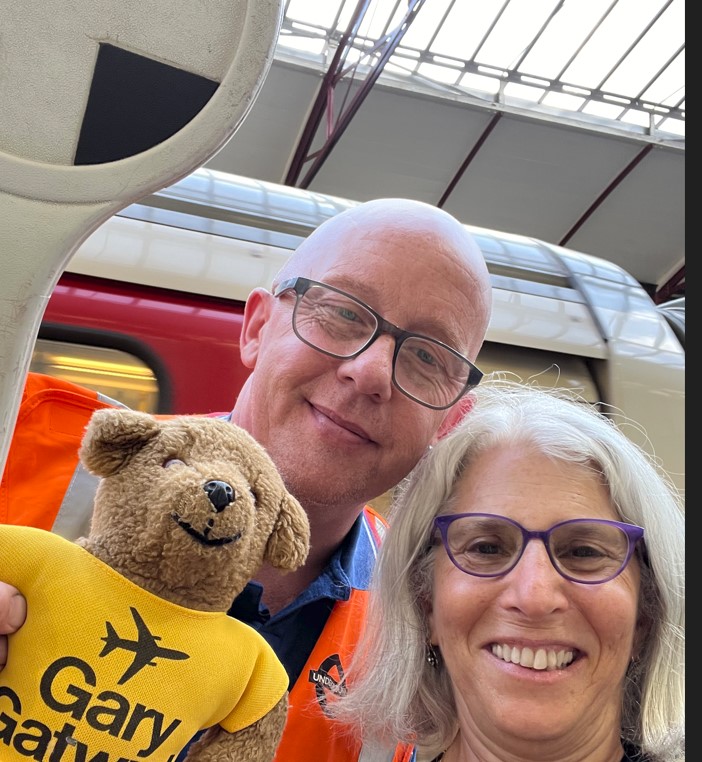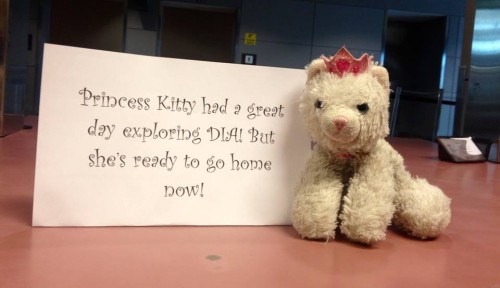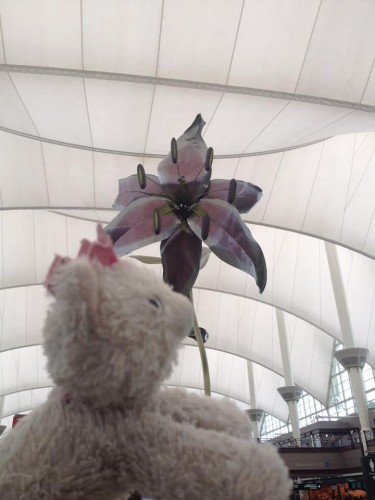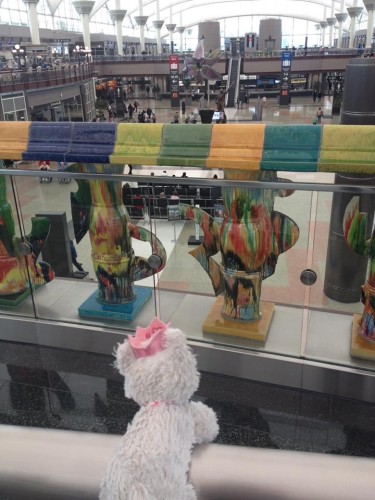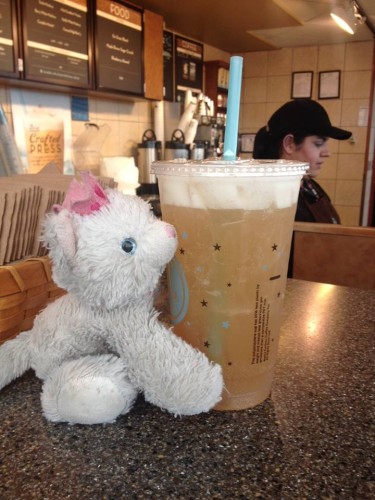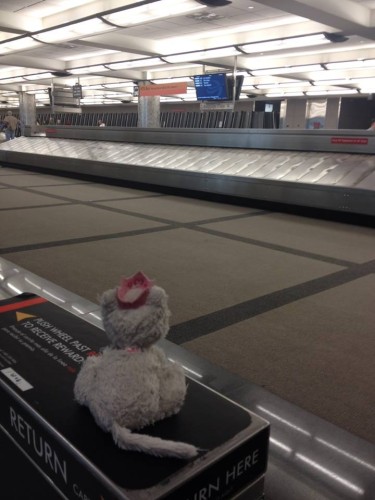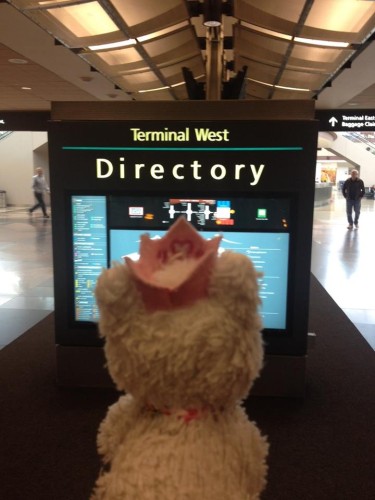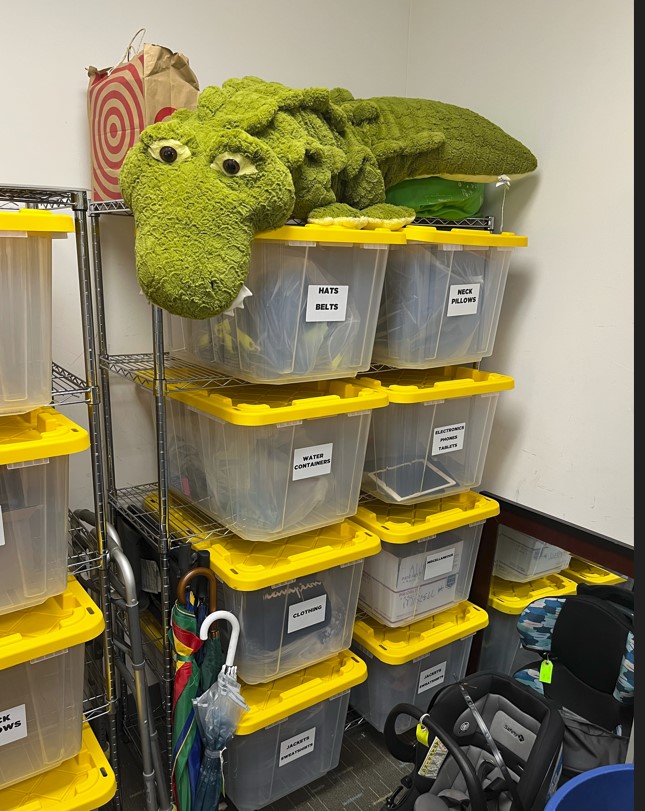
*Our story about airport lost and found first appeared on NBC News
With recent airline fiascos triggering pileups of luggage at baggage carousels across the country, airports and airlines are increasingly using technology to help track down travelers’ missing possessions.
The lost-and-found department at Savannah-Hilton Head International Airport (SAV) in Georgia says it has logged in everything from a set of dentures to three uncooked eggs and a green, 6-foot stuffed alligator.
At Salt Lake City International Airport (SLC), a set of tire chains and a taxidermy rat landed in lost-and-found.
So did Claire Gulmi’s favorite winter jacket.
As she was boarding her flight home to Nashville after a recent vacation in Park City, Utah, the retired healthcare executive was “pretty horrified” to realize she’d left her coat in a bin at the Transportation Security Administration checkpoint. “I thought I’d never see it again,” she said.
Chances were high that she wouldn’t.
The TSA, which operates its own lost-and-found system at more than 300 of the nation’s 430 airports, recorded more than 552,000 unclaimed items last year, including 25,000 laptops and 6,000 cell phones. Claims can be filed by phone or online, depending on the airport, but “most people don’t try to reclaim their items” or even know that they can, said TSA spokesperson Lisa Farbstein. Matches are made only about 10% of the time.
At SLC and 91 other airports, though, the TSA’s haul is delivered to airport-operated lost-and-found offices, where workers turn to a mix of phone calls, creative sleuthing, and software to clear through their hoards.
SLC, which boasts a 30% reclaim rate on lost items, according to spokesperson Nancy Volmer, routed Gulmi’s coat claim through the online Crowdfind/Pixit software management program — which is also used by airports including Los Angeles International (LAX) and Pennsylvania’s Harrisburg International (HIA), among others. The platform allows airport staff to post photos of unclaimed items publicly, where travelers can search for their belongings. It also streamlines inventory, matching, and claims tasks, and automatically updates passengers about their claim status.
To Gulmi’s delight, her coat was quickly identified. She paid for shipping and had it back in just a few days.
Increasing the chances you’ll be reunited with your lost items
Many travelers have raced to affix tracking devices like Apple’s AirTags to their luggage. Especially after all the travel havoc this winter. But while some have welcomed the ability to trace their lost stuff and at least determine whom to contact to get it back, others have described the agony of knowing an item is sitting someplace where they couldn’t easily retrieve it. Some airports say the popularity of AirTags is even putting pressure on staffers, as passengers who’ve pinpointed their belongings push for faster returns.
Crowdfind is just one of many lost-and-found tech providers across the travel and leisure industry. Chargerback, for example, is used by Austin-Bergstrom International Airport in Texas, Alaska Airlines, and a series of hotels, parks, and lodges. The aptly named Lost and Found Software serves many U.S. and international airports as well as public transportation systems. Despite their differences, each provider promises to help customer service workers not only connect more lost items with their owners but to speed up returns as well.
Lost and Found Software, which launched in 2015 and uses image and text recognition to sort through inventories, recently integrated Open AI’s ChatGPT technology to accelerate the process, said founder and CEO Markus Schaarschmidt. During this winter’s meltdowns, he said, “the time between registering and returning an item was greatly reduced for some of our clients.”
Because found items can be logged into the system in seconds, some grounded passengers were able to retrieve items from their airport’s lost-and-found department directly, he said. In some cases, “if the customer was still close, they could even get it delivered to their gate,” he added.
Hartsfield-Jackson Atlanta International Airport (ATL), Southwest Airlines, JetBlue, Delta Air Lines and others use NetTracer, which has been operating since 2004. The Georgia-based company’s current system is built on image and data matching along with “proprietary algorithms” but also relies on “people to manage the process,” said president Daris McCullough.
SITA, a key IT provider for the air transport industry, offers a WorldTracer program allowing airlines to search through a “massive database across 2,200 airports to quickly find and repatriate a bag,” according to Sherry Stein, SITA’s chief technology officer, Americas. Stein said WorldTracer leads to the return of 60% of mishandled bags within the first 48 hours.
An offshoot of the service that rolled out in 2021 and focuses on property lost in airports and on planes “was able to improve the repatriation of lost or missing items from 25% to 50% within three months” at one U.S. airport, said Stein. That program, which has 10 clients globally, also reduced the cost from $65 to $15 per item returned, she said.
More Airports Turn to Tech to Solve the Lost & Found Problem
One of the newest platforms, called Boomerang, was launched last May by co-founders with experience at companies including music identifier Shazam and car repair booker YourMechanic. Boomerang aims to use its artificial intelligence matching system and automated communication tools to make for a “magical” lost-and-found experience, according to CEO Skyler Logsdon.
The company’s customers include stadiums, universities, offices, and theme parks, but airlines and airports collect the most items, he said. “A stadium can have a home game for the NFL team, but not another for three weeks. For airports, it’s a home game every single day and they’re drowning in lost and found,” he said.
Boomerang recently landed two airport customers: Savannah/Hilton Head (SAV) and New York’s Syracuse Hancock International Airport (SYR).
At SAV, which collects more than 300 lost items each month, airport staff had previously made matches, confirmed owner IDs, created mailing labels and shipped items “all at our cost,” said Lee Ann Norris, SAV’s customer experience manager. She expects Boomerang’s AI-powered system to increase the return rate, save more than 250 staff hours and reduce shipping costs by about $5,000 annually.
SYR, by contrast, has no dedicated lost-and-found team, so airport security staffers have been manually logging in each found item, taking calls from passengers, and then searching through an in-house database for matches.
“It took many hours with varied results,” said Jason Mehl, SYR’s chief commercial officer. The airport rolled out Boomerang just this month, and Mehl expects to see a higher item return rate “due to the ease of use on both sides of the process.”
Some airports prefer handling lost-and-found the old-fashioned way.
While it has successfully used social media to track down the owners of stuffed animals and other sentimental items, Milwaukee Mitchell International Airport (MKE) still uses a three-ring binder to keep track of things left behind in the terminal and in shuttle vans.
“When an item is turned in, our team writes down the details. And we keep the items in a variety of drawers and cabinets at the airport information desk,” said MKE spokesperson Harold Mester, who added that the paper-based system has held up pretty well: “We have a return/reunite rate of approximately 55% of the items turned in.”
